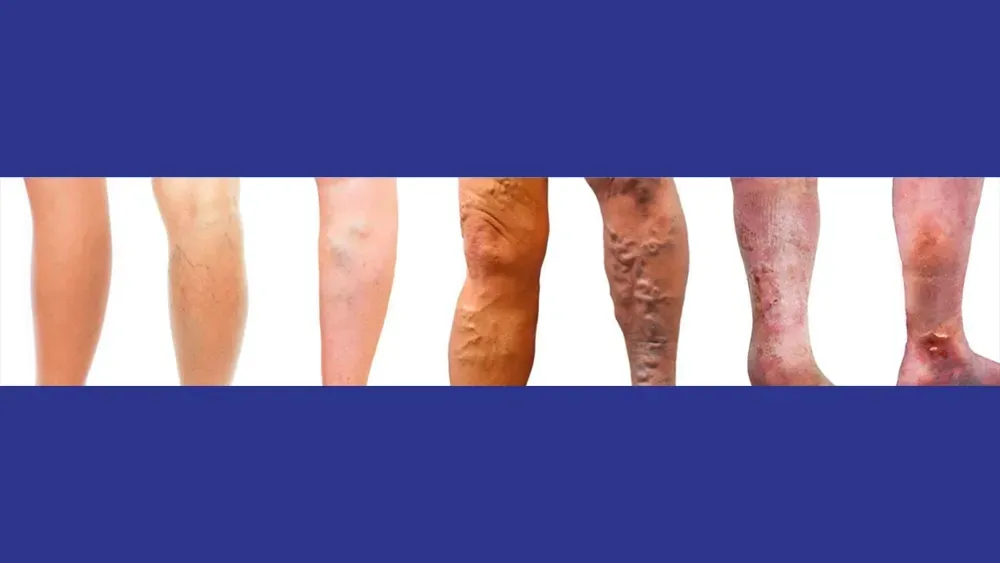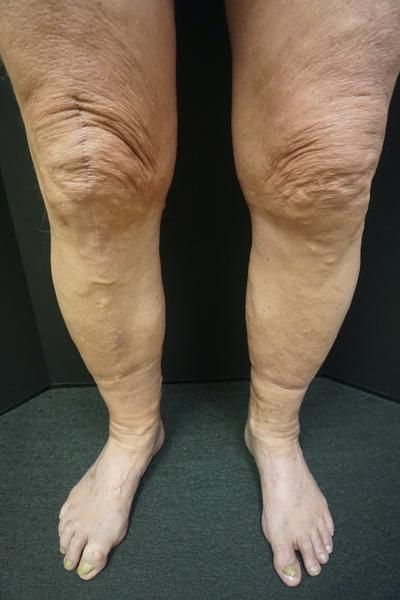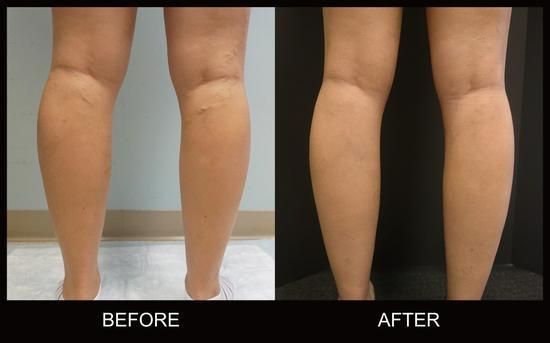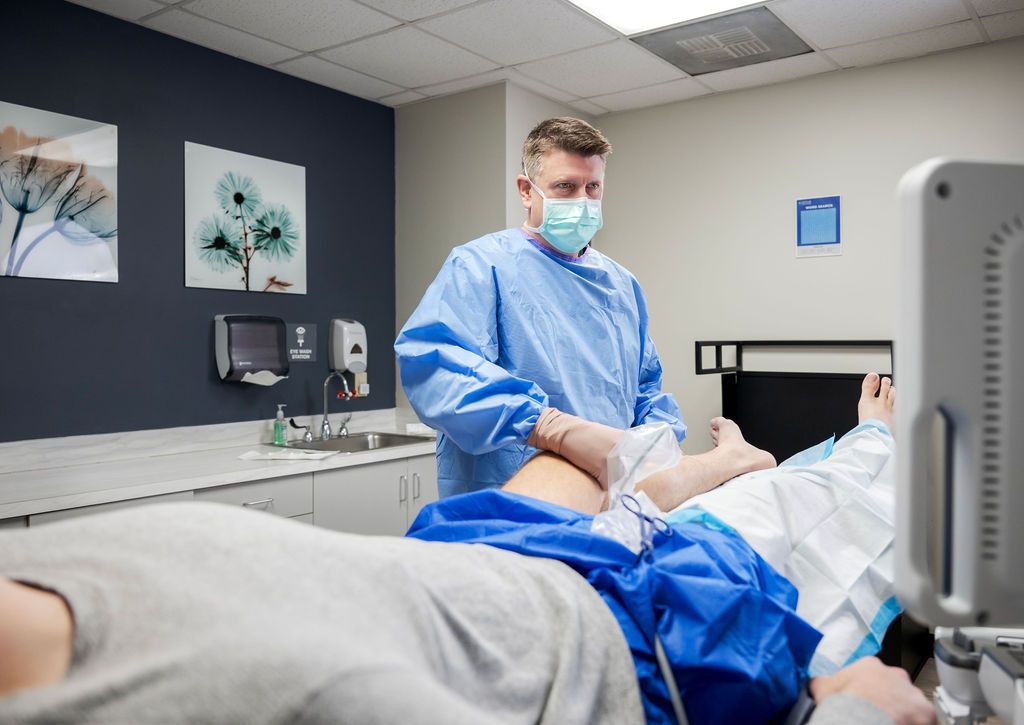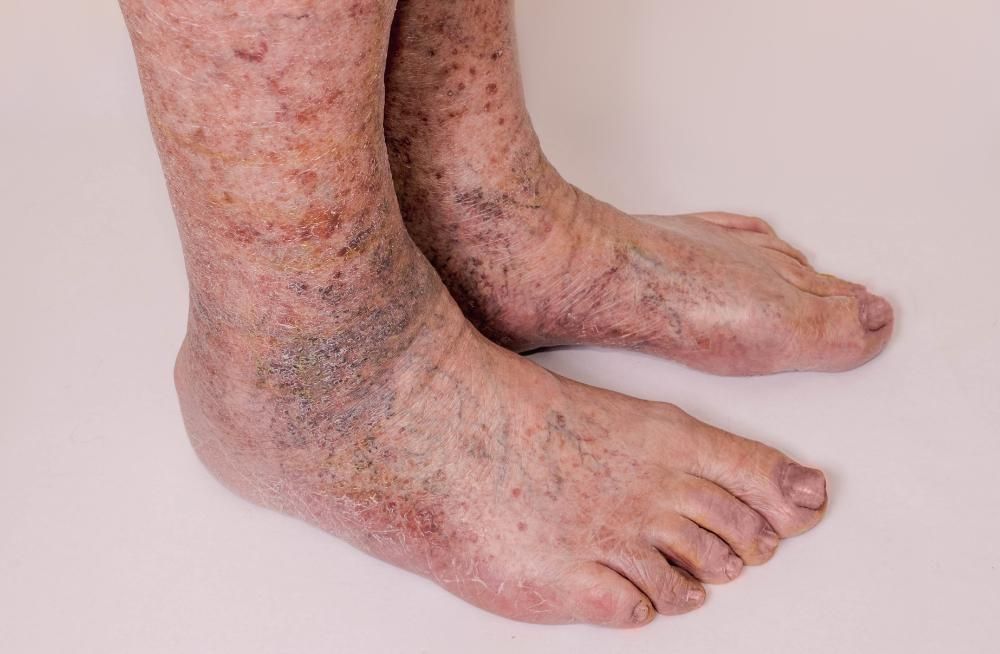Top 10 reasons to get your legs checked out - You might have a vein problem
1. Unexplained leg pain
Vein problems commonly cause low-grade aching discomfort in the legs. Many people with vein problems report their legs feel heavy, weak, and tired. Leg symptoms can occur any time of the day but commonly occur towards the end of the day, or after being on your feet for long periods of time. People with vein problems frequently develop leg cramps and leg restlessness, which can interfere with getting a peaceful night’s sleep.
2. Unsightly spider veins
Spider veins are small skin surface veins that measure <1mm in diameter. These tiny hair-like veins vary in color from pink to purple to blue. Normally spider veins not medically serious and are primarily of cosmetic concern. However, some people with spider veins will experience tingling, itching, or burning discomfort around the spider veins. A range of treatment options are available that can eliminate spider veins.
3. Bulging varicose veins
Veins that protrude and bulge through the surface of the skin are known as varicose veins. Many people with varicose veins will have an underlying condition called venous reflux, where the valves in the upstream veins have become dysfunctional, typically due to weakening of the vein wall. For most people, varicose veins are a nuisance problem, but they can cause symptoms including pain and tenderness and can predispose to superficial blood clots.
4. Skin discoloration
Vein problems can result in darkening and discoloration of the skin around the ankle area and lower leg. Typically skin discoloration is maximum maximal between the ankle and the upper calf.
5. Leg swelling
Many people with vein problems will develop intermittent or progressive swelling of their lower legs and ankles. In this situation, leg swelling is caused by increased pressure within the veins, which results in fluid leaking from the blood vessels into the surrounding tissues. The medical name for leg swelling is edema. Prominent “sock marks” above the ankle at the end of the day is often the first sign of leg swelling.
6. Itching / irritated skin
Some people with vein problems develop irritated, itchy skin on their lower legs. Although itchy skin sounds like a nuisance problem, the itching commonly results in secondary scratch injury, which can increase the risk of wounds and infection.
7. Skin wounds (ankle area)
Vein problems can compromise the quality and integrity of the skin in the lower leg, especially around the ankle area. Over a million people each year in the United States will develop a leg wound due to vein problems. The medical name for wounds that form around the ankle is a “venous ulcer.” Venous ulcers can be painful and can get infected. However, these wounds commonly heal rapidly and dramatically after correction of the underlying vein problems.
8. Bleeding
Skin surface veins around the ankle and foot at risk for bleeding. Bleeding from varicose veins can occur spontaneously or after trauma from skin scratching or nicks that occur with leg shaving.
9. Skin infection
Longstanding vein problems are associated with leg swelling (edema), which can increase the likelihood of getting a skin infection. The medical name for skin infection is cellulitis. Although cellulitis can occur anywhere in the body, lower leg cellulitis is common in patients with untreated vein problems and longstanding leg swelling.
10. Blood clots
Blood clots in the legs can develop for a variety of reasons. Commonly identified risk factors include sedentary lifestyle, prolonged immobility, obesity, trauma/injury, and various conditions that increase the likelihood of blood clot formation. Interestingly blood clots can be a cause and complication of vein problems.
Vein problems can be easily detected with a painless ultrasound test. Dramatic advances in technology allow vein problems to be corrected using a variety of safe and highly effective office-based procedures.
SHARE:
